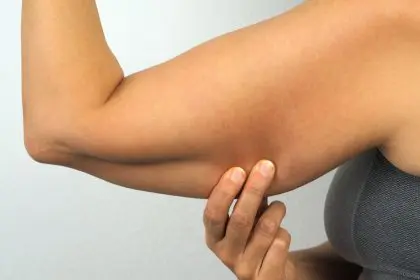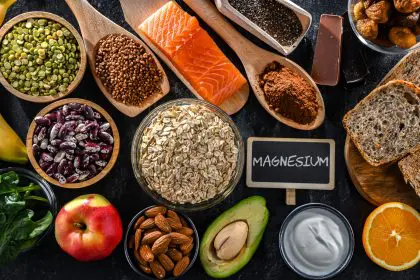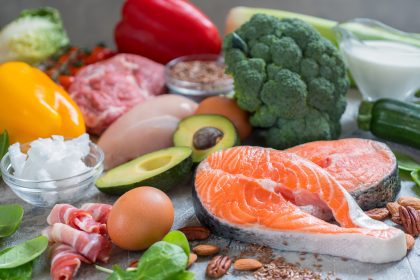Maintaining a healthy diet is crucial for overall well-being, and one of the key components of a healthy diet is managing sodium intake. High sodium consumption is linked to increased blood pressure and a higher risk of heart disease. Understanding how to choose low-sodium foods can significantly impact your health, especially for those with hypertension or other related health conditions.
Understanding sodium intake
The recommended daily sodium intake is less than 2,300 milligrams, yet many Americans consume over 3,300 milligrams daily. This excess sodium can lead to serious health issues, including hypertension. Sodium causes the body to retain water, increasing blood volume and, consequently, blood pressure. For individuals with pre-existing health conditions, such as high blood pressure, being mindful of sodium intake is even more critical.
Sources of sodium
Most sodium in our diets comes from packaged foods and restaurant meals rather than from the salt shaker. It’s essential to read food labels carefully, as sodium and salt are often used interchangeably. When grocery shopping, look for both sodium and salt content to make informed choices. Many processed foods, snacks, canned goods, and restaurant meals contain hidden sodium, so it’s crucial to be vigilant about label reading.
Tips for reducing sodium intake
To help lower your sodium intake, consider the following guidelines:
- Opt for fresh foods like fruits, vegetables, meats, poultry, and fish, which are naturally low in sodium.
- Check nutrition facts labels and compare products to select items with lower sodium levels.
- Choose foods with 5% or less of the Daily Value (DV) for sodium.
- Look for “low sodium,” “reduced sodium,” or “no salt added” labels when selecting packaged foods.
- Experiment with spices, herbs, lemon, lime, and vinegar to enhance flavor without adding salt.
- Request no salt added when dining out and inquire about nutrition information for restaurant meals.
Incorporating low-sodium foods into your diet
Prioritizing low-sodium foods is essential for managing your intake. Here’s how to incorporate various food groups into your diet:
Fruits and vegetables
Fruits and vegetables are packed with essential vitamins and minerals. They are typically low in sodium, making them an excellent choice. Fresh produce is best, but canned and frozen options can also be healthy if they have no added salt. Rinsing canned vegetables can help reduce sodium content.
Grains
Grains like barley, oats, and rice are staples that provide essential nutrients. However, many packaged grain products can be high in sodium. Always compare labels and choose lower-sodium options, especially for snacks like popcorn and chips.
Proteins
When choosing proteins, opt for fresh or frozen meats and seafood with minimal added ingredients. Eggs are naturally low in sodium, but be cautious with packaged products. Plant-based proteins like beans and lentils are also great alternatives; choose low-sodium or no-salt-added varieties.
Fats
Healthy fats are essential for energy and cell function. Choose unsaturated fats found in oils like olive and canola, which typically do not contain added sodium. Lean cuts of meat and fatty fish like salmon are also good choices.
Dairy and dairy alternatives
Dairy products can be high in sodium, especially cheese. Opt for low-fat or non-fat versions and compare labels to find lower-sodium cheeses. Non-dairy alternatives can also provide calcium without the added sodium.
Condiments and seasonings
Condiments can be a hidden source of sodium. When selecting items like ketchup or salad dressings, choose those with lower sodium content. Single-ingredient herbs and spices are typically salt-free, but be cautious with blends that may contain added salt.
Adopting the DASH diet
The DASH diet, or Dietary Approaches to Stop Hypertension, is designed to help reduce high blood pressure. It emphasizes nutrient-rich foods while naturally lowering sodium intake. Key components of the DASH diet include:
- Eating plenty of fruits, vegetables, and whole grains.
- Including low-fat dairy, fish, poultry, legumes, nuts, and vegetable oils.
- Limiting high-saturated fat foods and sugary drinks.
Research shows that adopting the DASH diet can significantly lower blood pressure, making it a beneficial approach for many.
Practical tips for reducing sodium
Here are some practical tips to help you reduce sodium in your meals:
- Mix low-sodium foods with regular versions to ease the transition.
- Use healthier cooking methods like grilling or roasting instead of frying.
- Keep the salt shaker off the table and taste your food before adding salt.
- Opt for fresh ingredients when making meals at home.
Consuming low-sodium may seem challenging, but many foods naturally contain minimal salt. By focusing on fresh, no-salt-added options and learning to flavor meals without relying heavily on salt, you can make healthier choices for a better lifestyle.
Conclusion
Making conscious choices to reduce sodium intake can have a significant impact on your overall health. By incorporating fresh foods, reading labels, and experimenting with alternative seasonings, you can enjoy flavorful meals without sacrificing your health. Reducing sodium can help prevent high blood pressure, reduce the risk of heart disease, and improve overall well-being. By adopting a low-sodium diet lifestyle, you can take control of your health and enjoy a longer, healthier life.













